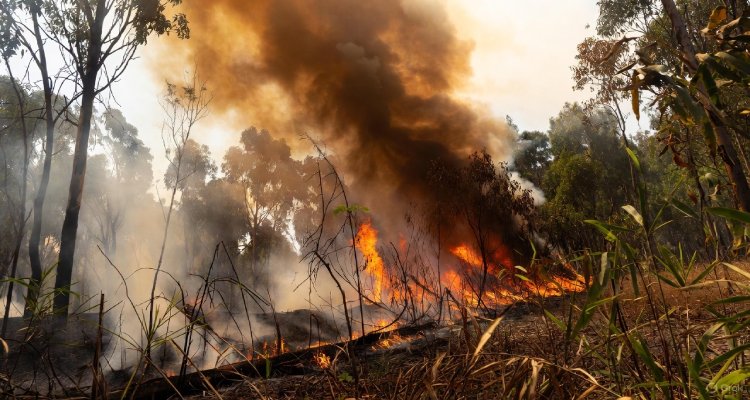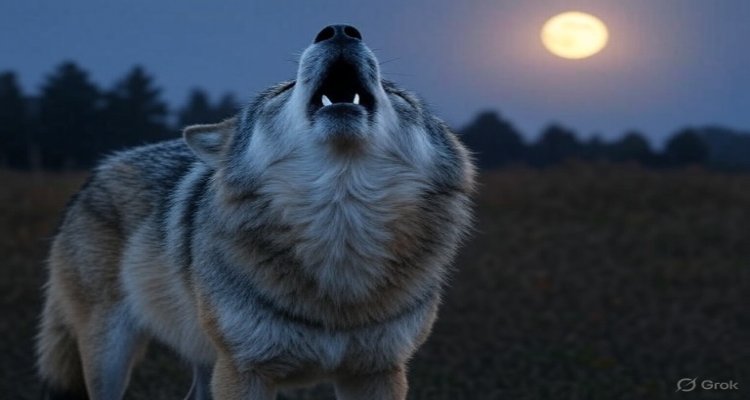The Return of Wolves and the Human Fear Factor
The return of wolves across parts of Europe and North America sparks renewed debate—between conservation success and the deep-seated human fear of predators.
Introduction: A Haunting Howl in the Night
On a cold evening deep inside a rewilded forest in Germany, the distinctive howl of a wolf pierced the silence—a sound unheard in this landscape for nearly a century. For conservationists, it signaled victory. For many local residents, it evoked unease, even fear. Across Europe, North America, and parts of Asia, the wolf is back, at once celebrated as a triumph of biodiversity and feared as a reminder of humanity’s ancient struggle with predators.
Context & Background
Wolves have long carried a complex cultural and ecological legacy. Once roaming across most of the Northern Hemisphere, they were systematically hunted, trapped, and poisoned by humans from the Middle Ages through the 20th century. In Europe, tales of wolves terrorizing villages shaped folklore, while in North America, aggressive eradication campaigns nearly wiped them out by the early 1900s.
By the late 20th century, however, growing ecological awareness sparked legal protections. In the U.S., the Endangered Species Act shielded wolves, while in Europe, cross-border agreements promoted conservation. Today, wolf populations are rebounding—Germany hosts nearly 180 packs, Italy and Spain see steady growth, and in the U.S., wolves have returned to states like Oregon, Washington, and even California.
But their comeback has rekindled a dilemma that is as much psychological as ecological: the human fear factor.
Main Developments: Why the Wolf’s Return Matters
The return of wolves is not just about one species reclaiming lost ground—it’s part of a larger debate about coexistence. Wolves play a critical ecological role, helping regulate deer and elk populations, which in turn allows forests and grasslands to regenerate. This “trophic cascade” effect, documented famously in Yellowstone National Park, provides evidence of wolves as ecosystem architects.
Yet the resurgence is also colliding with modern life. Farmers in rural Europe report livestock losses and demand compensation. In the U.S., ranchers argue that wolf reintroduction threatens their livelihoods. Beyond direct conflict, viral stories of wolf sightings near suburbs fuel public concern, often stoked by sensational headlines.
Wildlife authorities are now grappling with how to balance ecological value against rural communities’ anxieties.
Expert Insight and Public Reaction
“Wolves rarely pose a danger to humans, but the cultural memory of predators runs deep,” explains Dr. Laura Bennett, a carnivore ecologist at the University of Bristol. “For centuries, we were conditioned to fear wolves as threats to survival. That fear lingers even when statistics tell a different story.”
Indeed, attacks on humans are extraordinarily rare. In Europe, no fatal wolf incident has been recorded in decades, and in North America, the numbers are almost negligible compared to traffic accidents or domestic dogs. Yet public perception often outweighs data.
While conservationists hail the wolves’ return as a biodiversity victory, rural populations voice frustration. A 2024 survey in Austria found that 60% of city residents supported wolf protections, while only 28% of rural respondents agreed. The urban-rural divide underscores how proximity shapes perceptions: wolves may inspire awe at a distance, but fear when they are near one’s farm.
Impact & Implications
The implications of wolf recovery stretch far beyond wildlife biology. Policymakers face pressure to redefine the balance between conservation goals and economic security. Some governments have introduced compensation schemes for livestock losses, while others permit controlled culling to ease tension with local stakeholders.
On the ecological front, more wolves mean healthier ecosystems, improved biodiversity, and a natural check on herbivore overpopulation. Culturally, their presence forces societies to interrogate their relationship with the wild—how much wilderness is acceptable in a modern, human-dominated world?
Future policy may hinge on innovative solutions:
-
Expanding use of guardian animals (such as livestock protection dogs).
-
Investing in non-lethal deterrents, including electric fencing and sound repellents.
-
Increasing education and awareness campaigns to reduce exaggerated fear.
The wolf’s return may also inspire new eco-tourism opportunities, offering economic incentives for communities that embrace coexistence instead of conflict.
Conclusion: Between Fear and Coexistence
The haunting howl of the wolf has returned to forests and mountains that once silenced it. For some, it is proof of nature’s resilience; for others, an echo of an old fear. The challenge ahead is not merely ecological but psychological—a test of whether societies can overcome ancient myths and foster balanced coexistence.
The wolves are back. The question is: can humanity learn to live with them again, without letting fear dominate the narrative?
Disclaimer : This article is an independent journalistic feature created for informational purposes. It does not represent advice, policy recommendation, or endorsement of any specific conservation strategy. Sources include scientific studies, public surveys, and expert commentary available as of September 2025.











